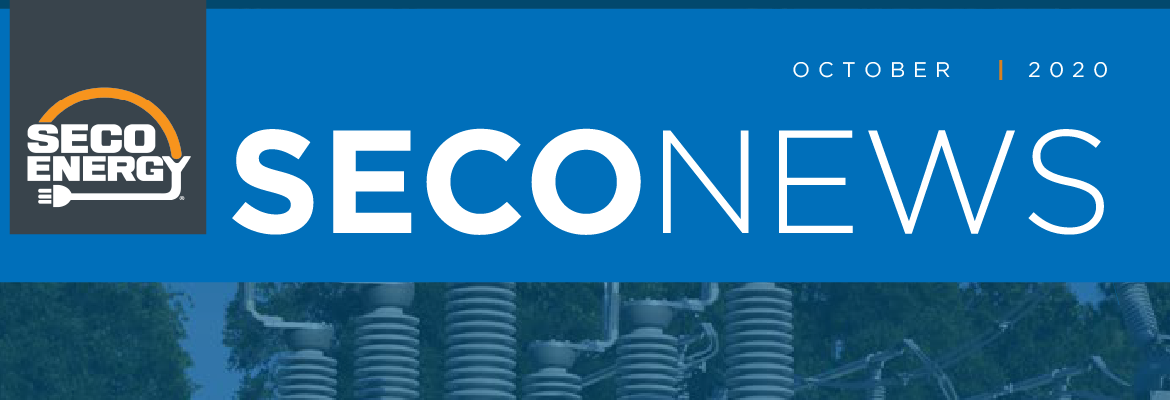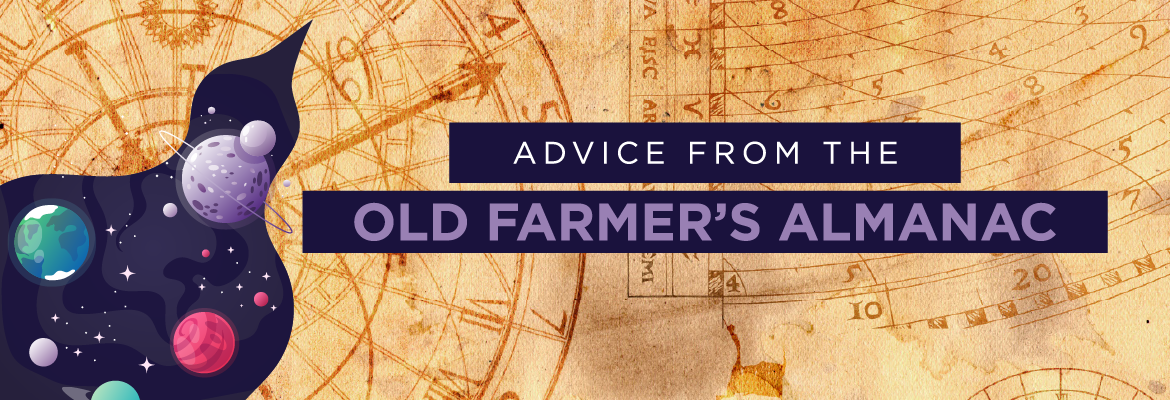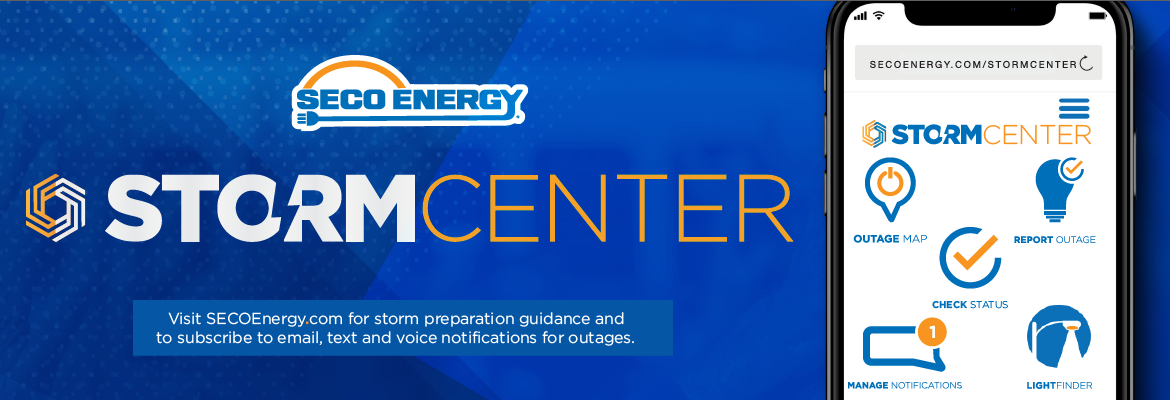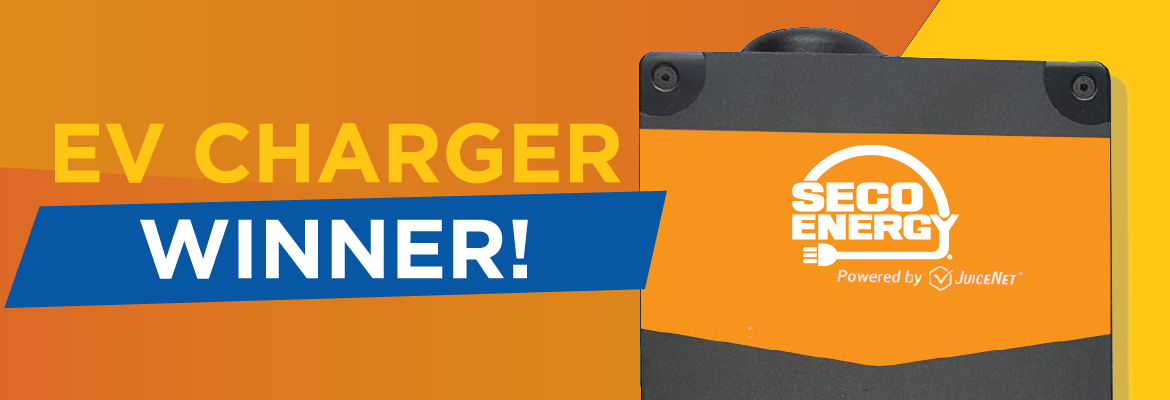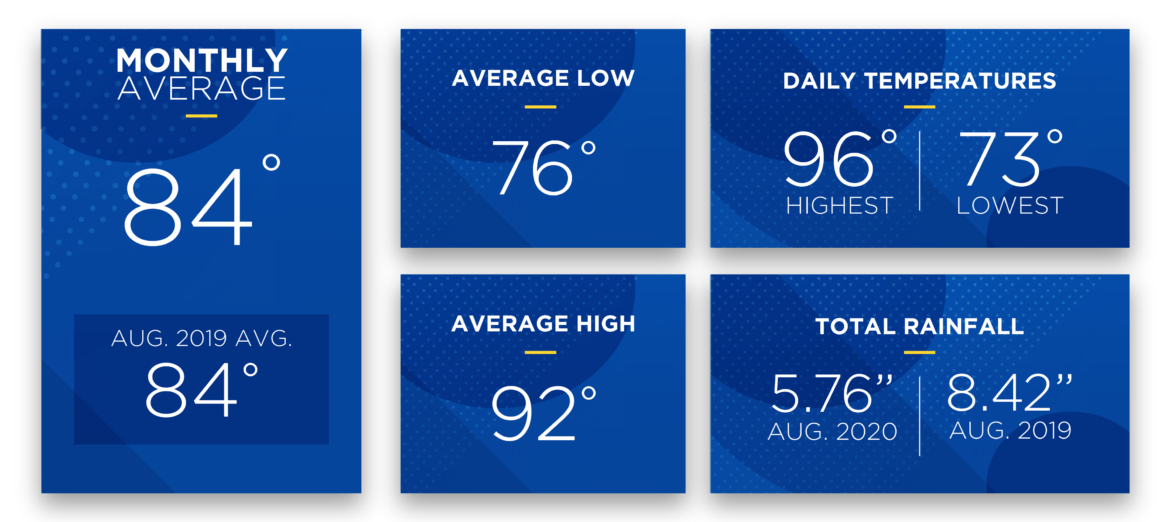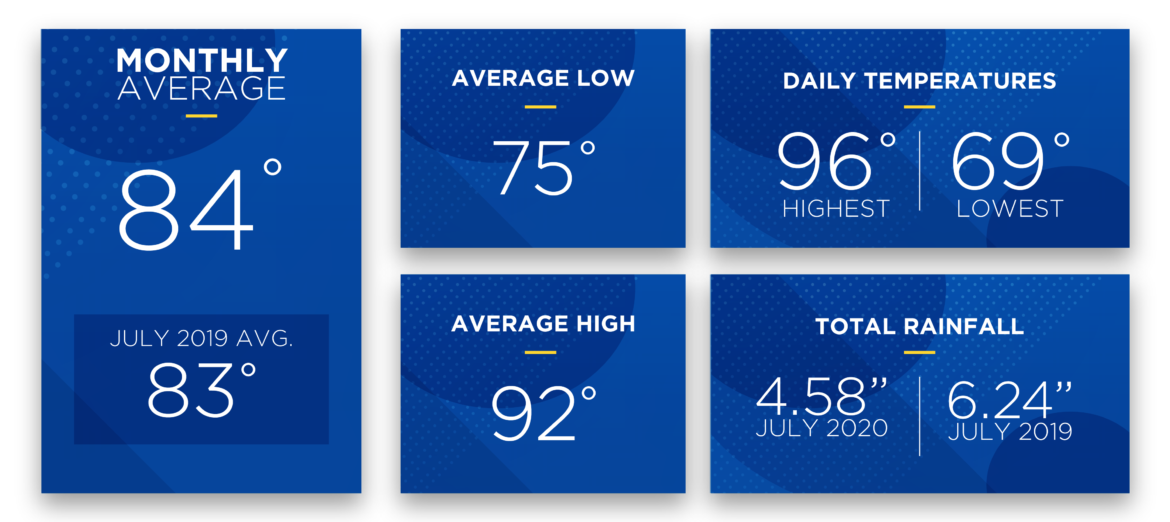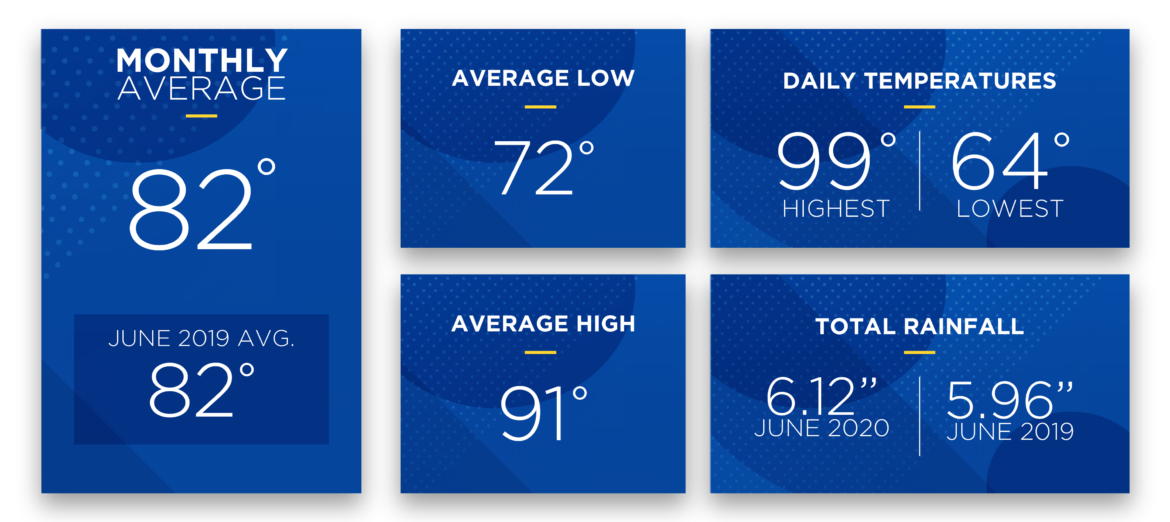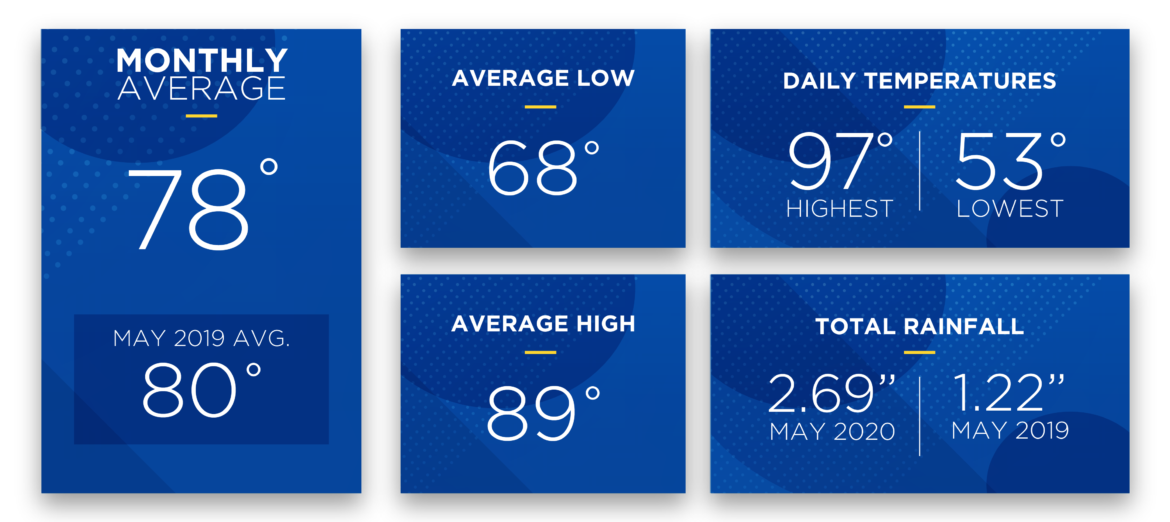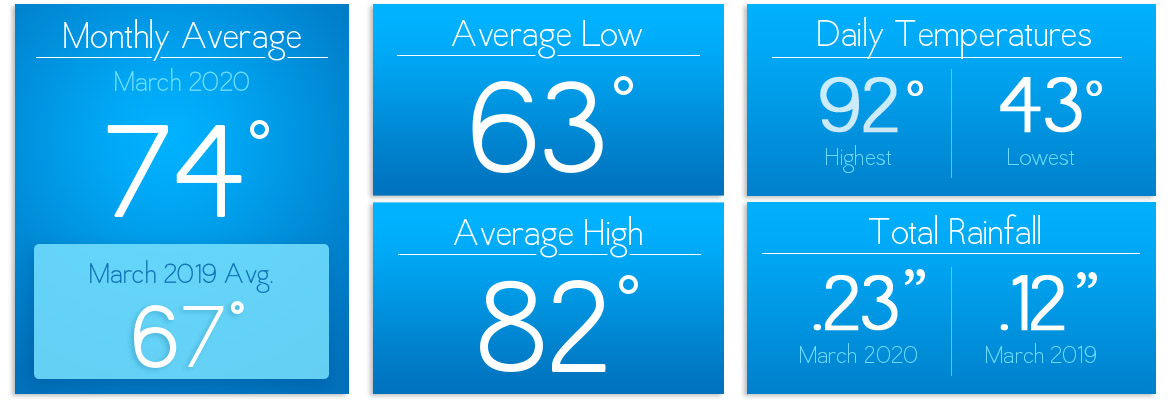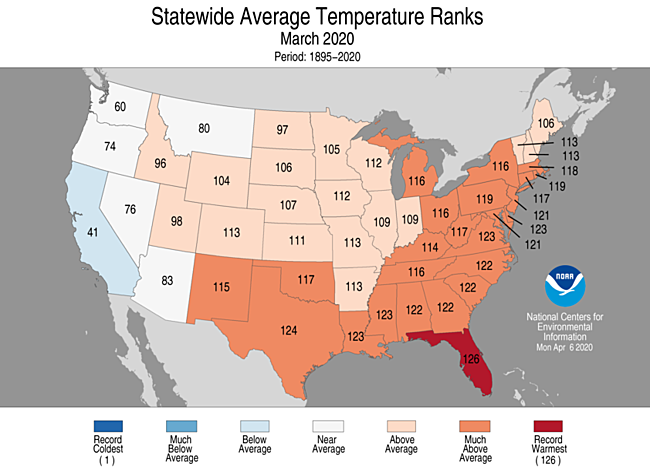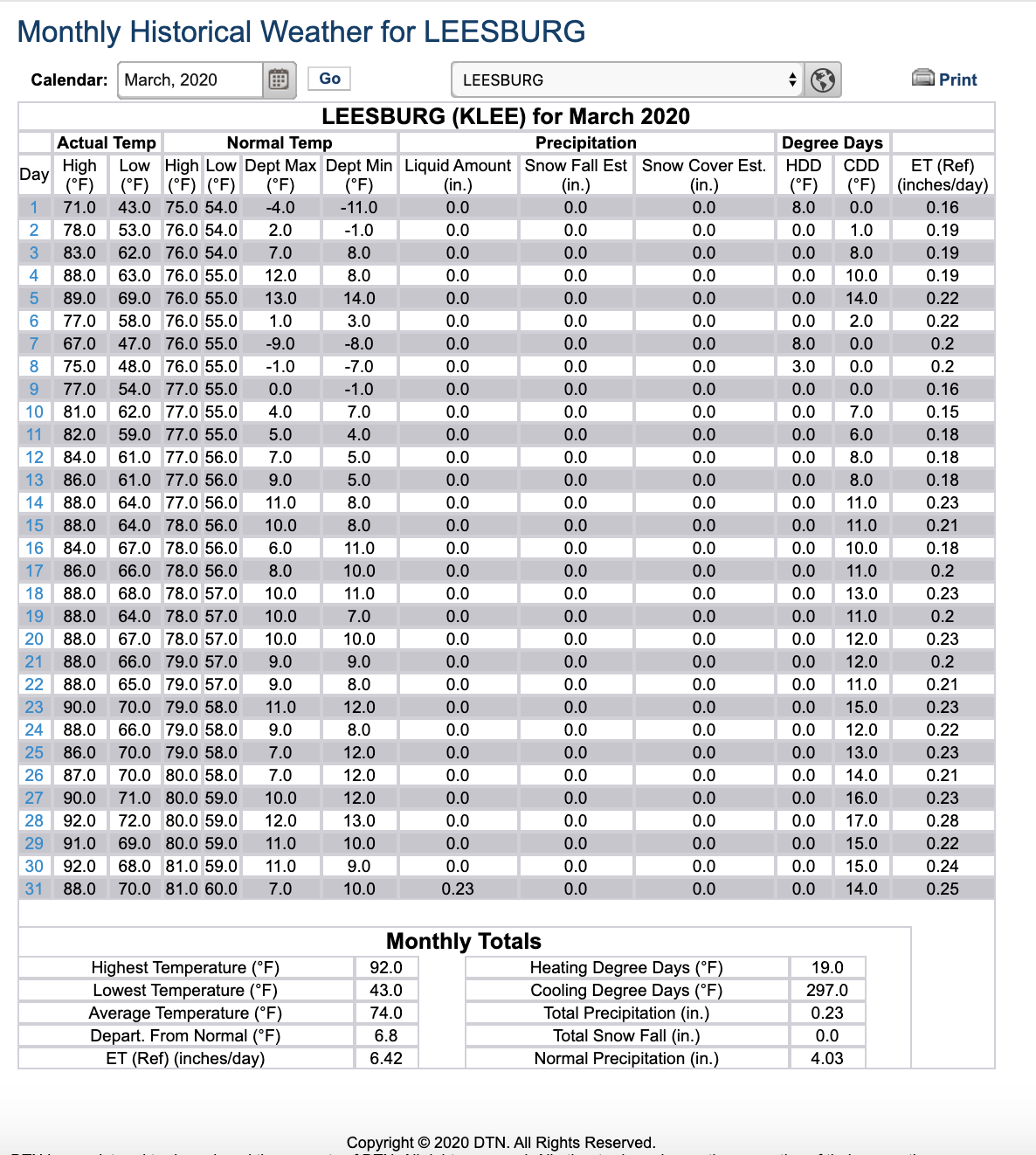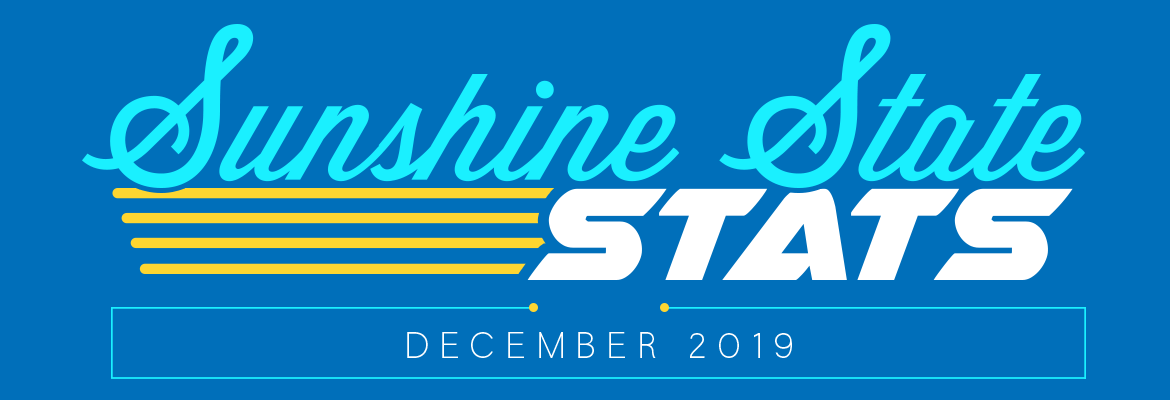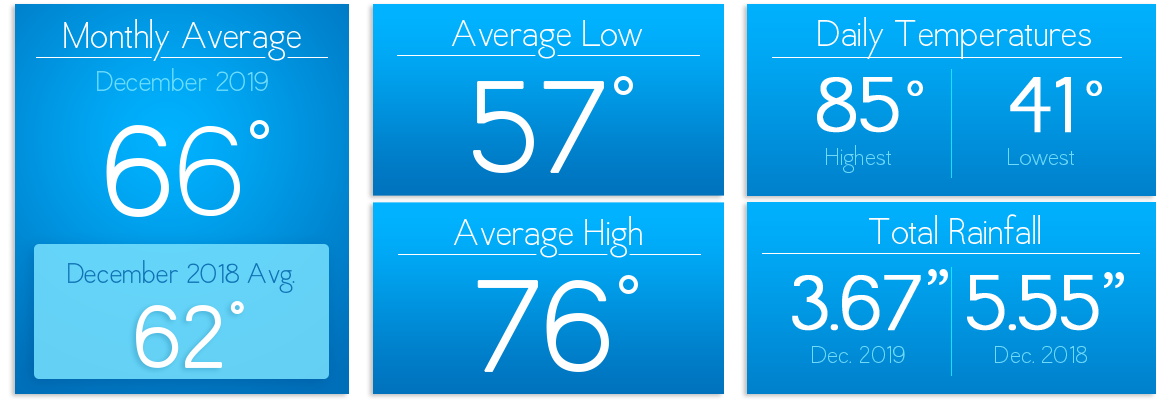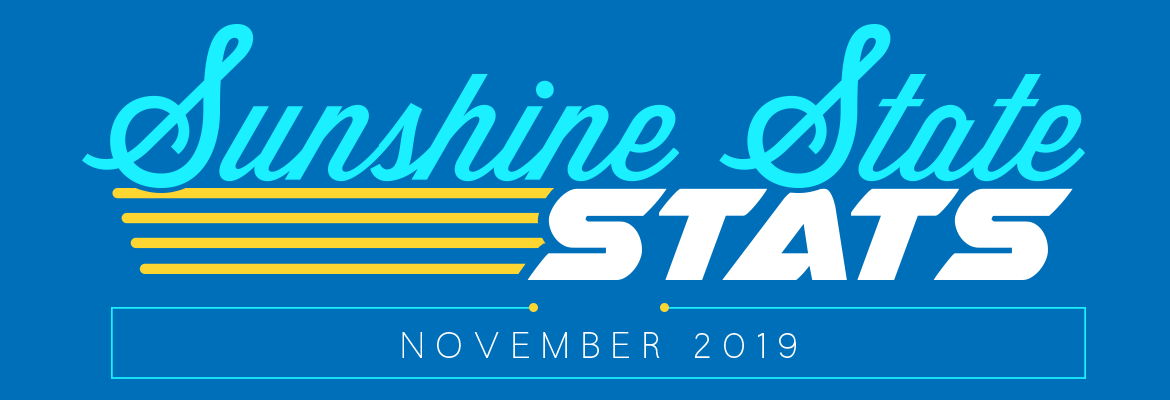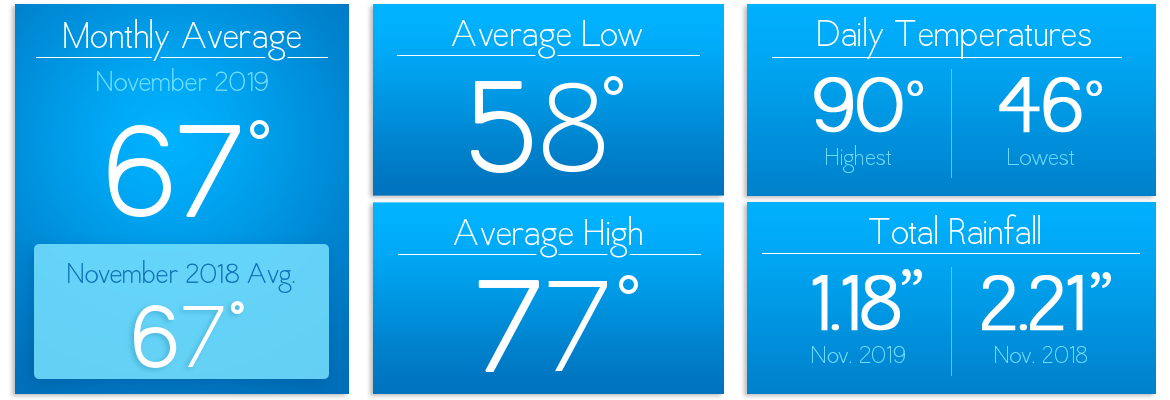Duncan’s Digest – Marion Oaks Substation Rebuild
In the December 2019 edition of SECO News, I shared an overview of our $55 million 2020 construction work plan. I want to share an exciting project from the plan that is currently in progress.
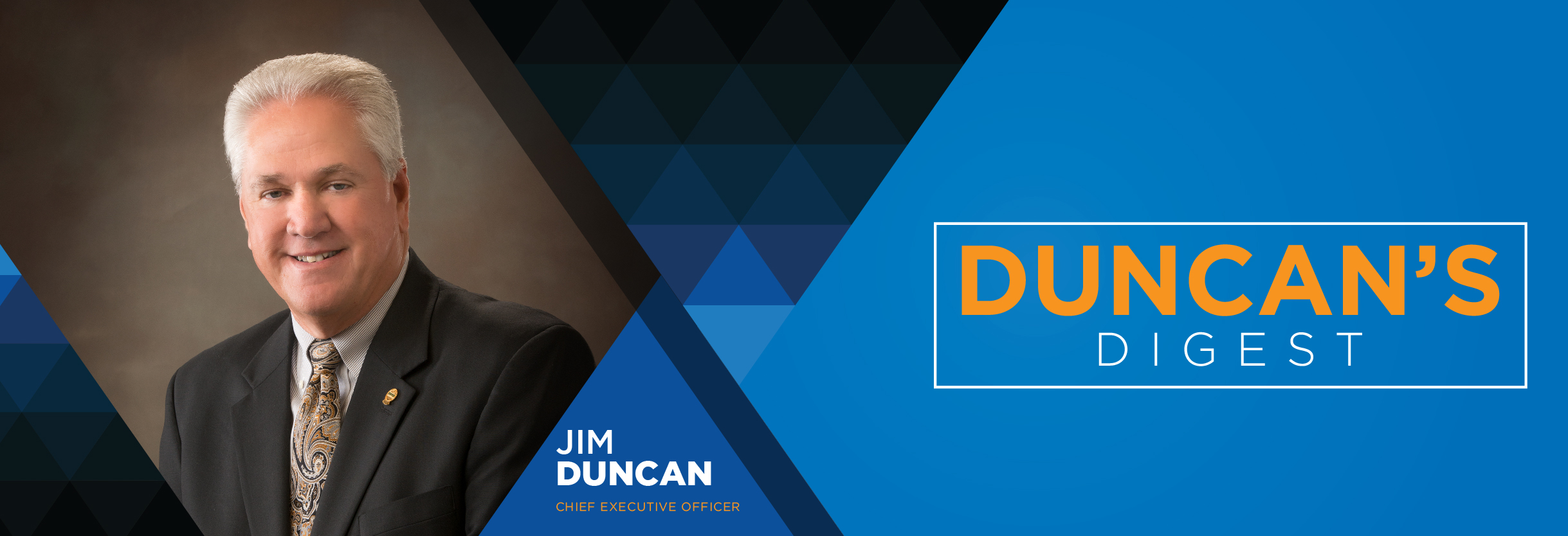
Recently, crews and contractors have begun the Marion Oaks substation rebuild in Marion County on County Road 484 about two miles west of Interstate 75.
The new, massive Florida Crossroads Commerce Park is the main reason for the substation rebuild. The Park is undoubtedly a boon for Marion County, boosting the economy, increasing the tax base and bringing in new jobs. In Phase I, Dollar Tree will open a 500,000-square-foot distribution center that will employ 200 people. In fact, they’re already hiring. In Phase II, another 1.2-million-square-feet will be built and bring another 500 jobs to the area. Just the Dollar Tree portion of capital investment in the Florida Crossroads Commerce Park is upward of $200 million.
Rebuilding the Marion Oaks substation is necessary to serve this new commerce area, and because the county says that Marion Oaks’ population could quadruple in the next two decades, the substation must meet growing residential demand as well. The rebuild will increase reliability and meet demand in southwest Marion County.
The current Marion Oaks substation sits on half an acre and is almost forty years old. The cost to build the sub in 1982 was $540,000. The substation was upgraded within the last decade to include a 28 Mega Volt Amp (MVA) power transformer. The original substation has four feeder lines and serves less than 5,000 SECO members.
The price tag for the construction of the new ultramodern Marion Oaks substation is $5.6 million. This substation is being built on a five-acre tract and has the potential to serve 20,000 to 30,000 members. The plan is to construct the sub with ten feeder bays, with eight feeders energized initially and two as spares for future use. The construction plan includes two new 37 MVA power transformers and a new control house. Once this construction is complete, the original substation will be leveled.
Substations transform high voltage electricity from transmission lines to low voltage electricity that travels through feeder distribution lines to power homes and businesses. The new Marion Oaks substation’s incoming transmission high side will include a ring bus that will provide better reliability for all members served by the sub. The Duke Energy 69kV Ross Prairie transmission line serves the substation; however, a set of breakers at our Waterways and Summerglen substations will create a full loop with the new Marion Oaks sub. The circuit will pick up load from other transmission sources. If there is a fault on an incoming transmission line, members shouldn’t even see a blink.
On the distribution low side, a breaker ties two power transformer banks together. If one of the power transformers is interrupted, the relays are programmed with an auto-restore scheme that quickly reacts to pick up the load using a product called Schweitzer relays – which are state-of-the-art microprocessors. This relay scheme is so fast that members will only notice a short blink.
To reduce the environmental impact, we are installing new concrete retention areas at the new substation. If an oil leak is detected, the oil would be captured in the retention area instead of absorbing into the soil. The retention areas will be specially coated to prevent the oil soaking into the concrete.
Recently, crews finished the Federal substation expansion in Sumter County and completed the Ocala Park substation upgrade in Marion County. Next up after the Marion Oaks project is complete, significant updates are planned at the Inverness substation this autumn. Upgrades to the Astatula substation are coming in 2021.
The design and construction of reliable electric facilities have come a long way in recent years. Our investments in high-quality infrastructure ensure that the right thing happens when you flip the light switch, turn on the TV and adjust the thermostat. Visit SECOEnergy.com>Newsroom>System Improvement Map to see the enhancements coming to your area.
Sincerely,
Jim Duncan
Chief Executive Officer

2020 Scholarship Awardees
Congratulations to our 2020 SECO Energy Scholarship awardees! Each of the 12 awardees receive $3,000 in scholarship funds to further his or her education. Over the last two decades, your not-for-profit electric cooperative has awarded over $500,000 in scholarships to 300+ local students.
The 2020 SECO Scholarship awardees are:
TYLIN N. BARNARD – Ocala | West Port High School | Chemical Engineering
CHEYENNE DIAZ – Ocala | Vanguard High School | Manufacturing Processes/Mechanical Engineering
ISABELLA HERNANDEZ – Clermont | East Ridge High School | Engineering
ANIYA HOUSTON – Ocala | West Port High School | Quality Engineering
JOSEPH A. LACOURSE – Oxford | The Villages Charter High School | Engineering
CAMERON MACLEAN – Tavares | Tavares High School | Electrical Engineering
LUCAS MARDEN – Tavares | Tavares High School | Aerospace Engineering
STUART T. PALMER – Umatilla | Umatilla High School | Electrical Engineering
ALAYNA PHILLIPS – Wildwood | The Villages Charter High School | Business
MIGUEL SANTOS – Ocala | West Port High School | Business/Marketing
WILLIAM J. SIMMONS – Dunnellon | Dunnellon High School | Electrical Distribution Technology
ALEXANDER Q. WILLIAMS – Sorrento | Eustis High School | Biomedical Engineering

Advice from The Old Farmer’s Almanac
THE OLD FARMER’S ALMANAC IS READY WITH A FLORIDA WEATHER FORECAST FOR THE UPCOMING SUMMER AND EARLY AUTUMN. Summer will be slightly cooler and drier than usual. Watch out for the hottest temperatures in mid-July and mid-August. Look for a tropical storm threat July 23 to 25 and daily thunderstorms in August. Watch for a hurricane threat September 17 to 19 and a tropical storm threat October 19 to 21.
Need help creating a hurricane supply list for your family? Visit our Storm Preparation page for a list of hurricane essentials and a link to our Hurricane Handbook.

Protect Your Home’s Appliances with Surgeo
Sudden increases in voltage called power surges can damage or destroy your home’s appliances and sensitive electronics. Lightning is a common cause of surges, but falling trees, small animals, birds, or vehicles crashing into power poles create surges as well.
SECO Energy offers the Surge MitiGator™ as an extra layer of protection for your home’s appliances. Our meter-based surge arrester is designed to prevent unnecessary financial loss by reducing surges at the meter BEFORE they enter the home.
You can lease the MitiGator™ for only $5.95 plus tax with a $25 installation fee. For services greater than 200 amps, installation is $100. If you choose to purchase the Surge MitiGator, prices range from $349 to $399 plus tax — and installation is free.
Members should also purchase of point-of-use devices to protect sensitive electronics such as computers and televisions.
Take the bite out of damaging surges and spikes with SECO Energy’s Surge MitiGator™. Enroll online today.
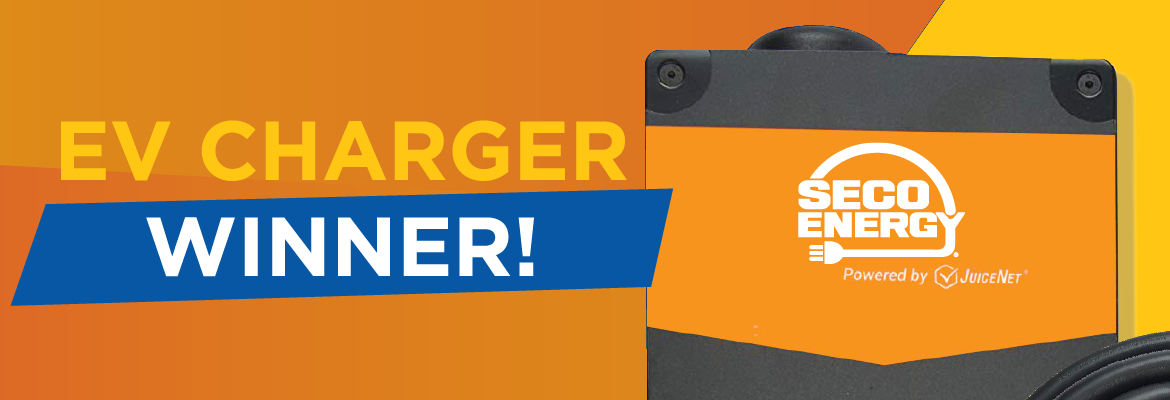
EV Charger Winner
Congratulations to John J. Reyes, Jr. of Groveland who is the winner of the first SECO Energy branded JuiceBox Pro 40 EV Level 2 charger. We’re giving away one charger each month while supplies last. Text “EV” to (352) 320-4500 for a link to enter. Or click on the EV Charger Giveaway homepage banner on our homepage.
While on our website, learn more about the benefits of electric vehicle ownership on our EV pages. You’ll find an EV savings calculator, information about CO2 reduction, EV and PHEV models and a nationwide charger-finder map.
Watch SECO News for next month’s charger winner.
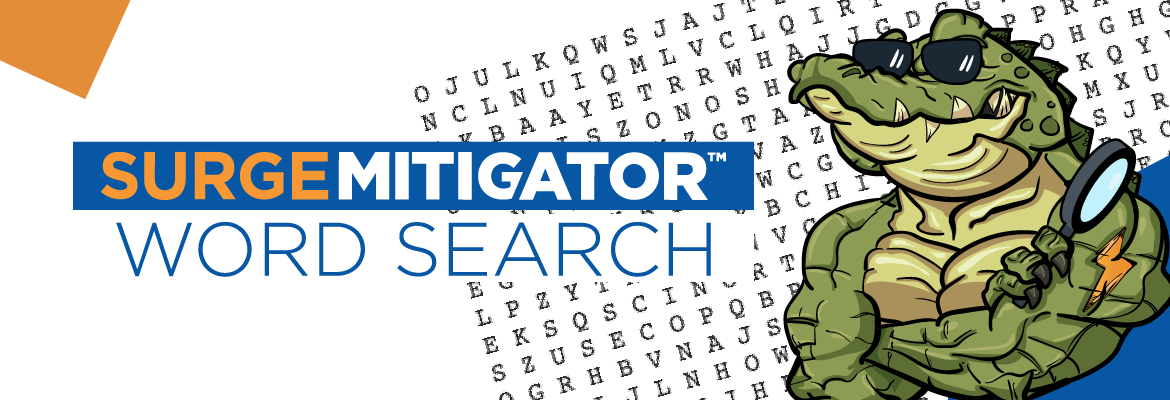
Surge MitiGator™ Word Search
Members enrolled in SECO Energy’s Surge MitiGator™ are winning the surge protection game. For another chance to win, all members who are current Surge MitiGator™ enrollees as of August 14 are entered to win a Nest Learning Thermostat. Winner is chosen August 15.
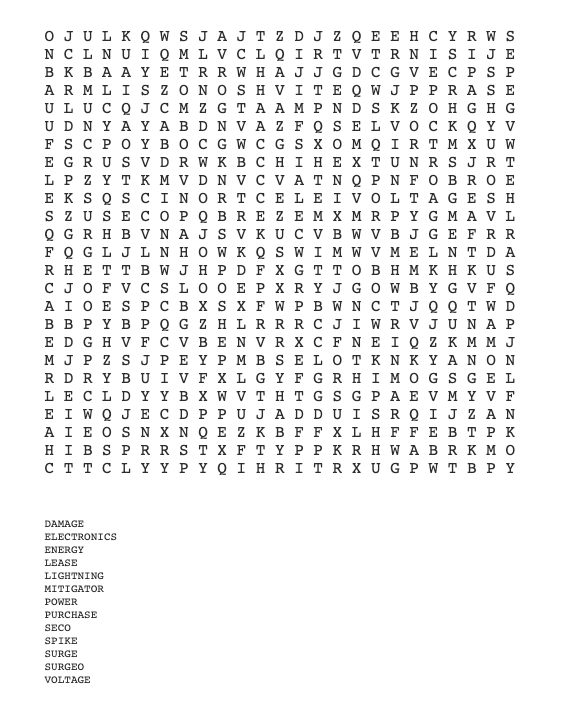

Keep It Clear – We Work Here
Safety is SECO Energy’s most important core value, and our employees take safety seriously. We are committed to a safe working environment for all employees.
Members who live in areas with underground utilities often want to disguise transformers using fences, shrubs, potted plants or other lawn items. Obstructions such as these block access to transformers, meters and poles and are a safety hazard.
For the safety of SECO employees and contractors, keep the area surrounding our equipment clear. Obstructions create longer restoration times and an unsafe work zone. Learn more about safe access on our Keep It Clear page.

Go Green – Enroll in Ebill through SmartHub
Reduce your carbon footprint, limit your risk of identity theft and avoid wasting paper by enrolling in eBill instead of a traditional paper statement.
To enroll in eBill, log in to SmartHub. In SmartHub, choose “My Profile” and “Update My Paperless Settings.” Choose “on” for your Paperless setting.
It’s that easy. Instead of waiting on your bill to arrive by mail, you’ll receive an eBill via email much faster. With SmartHub, you can view your past usage, see payment history, enroll in bank draft and more.
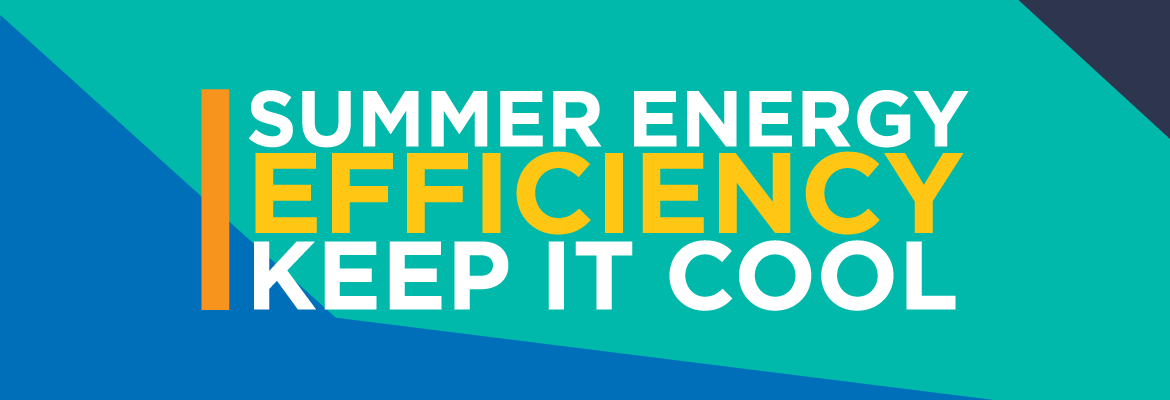
Summer Energy Efficiency – Keep Your Cool
Looking for easy, low-cost energy-efficiency ideas that will help you reduce summer energy use? SECO has cool tips that won’t break the bank.
Air conditioning accounts for approximately 50 percent of your summer bill. SECO Energy and the Department of Energy (DOE) recommend setting your thermostat at 78. Lower the thermostat temperature and expect your cooling costs to increase 6 to 8 percent for each degree lower than 78. Want to feel cooler? Turn on a ceiling or floor fan. Fans make the room feel four degrees cooler than the room temperature. Fans cool people, not rooms, so only use them in occupied spaces.
Another way to stay cool this summer is to keep the heat out. Natural sunlight through windows and doors is the source of 76 percent of the heat that enters your home per the DOE. Reduce the amount of heat gain in rooms by using blinds or heavy curtains on windows. Check that the caulking, sealing or weather stripping on windows and doors is in good condition.
Fire up the grill to reduce the heat generated inside your home. Choose small appliances such as grills, crockpots, air fryers, toaster ovens or microwaves instead of your oven. These appliances reduce the amount of heat generated in your home and consume less energy. Consider replacing incandescent lightbulbs with LEDs as they use less power and produce less heat.
Visit SECOEnergy.com for more energy-saving advice. Try the Home Energy Assessment to conduct a full home energy audit online. Check out the Energy Estimator to find the estimated energy use and costs for each electronic and appliance in your home.
Read the full July 2020 SECO News online.




